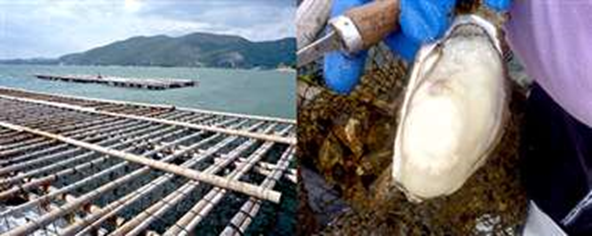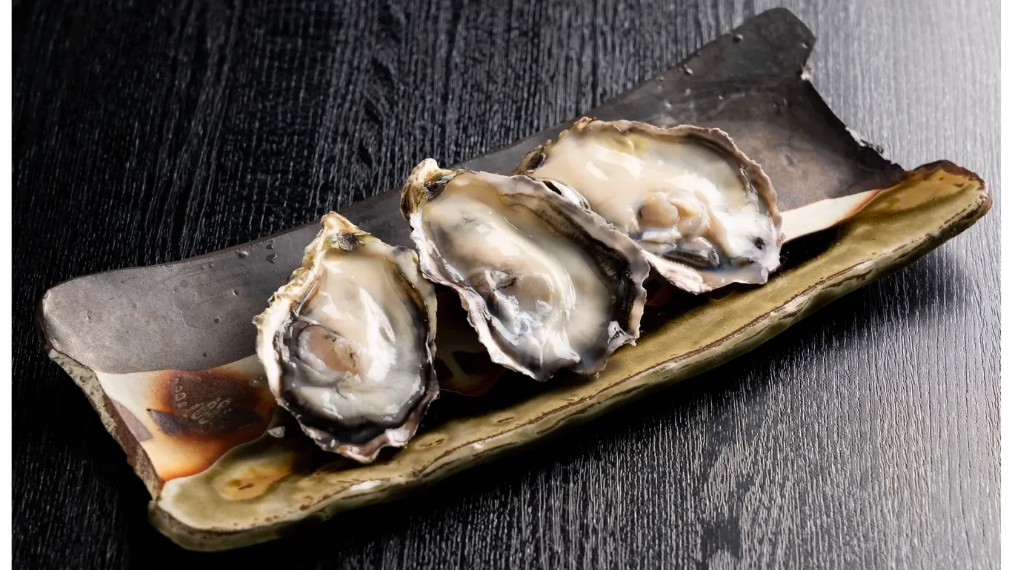Three reasons why Harikai Oyster is delicious
Harikai Oysters are delicious because of the superiority of three factors: (1) Timing, (2) Production area, and (3) Technology. DETERMING the RIGHT TIME of year:. Oysters begin to grow in size from November in preparation for spawning, but they are still small at the end of the year, so we only use oysters that are fully grown from February onward, when they are fattened up. Oysters are also subjected to stress from shocks and changes in temperature, which can cause them to gouge out, so they are carefully handled according to our internal regulations and frozen with minimal gouging. LOCATION:...
Japanese Oyster Exports and Harikai Oyster
The world's oyster production ranks 1st China 5.42 million tons, 2nd South Korea 325,000 tons, 3rd United States 183,000 tons, and 4th Japan 158,000 tons. (FY2020) The main harvesting areas in Japan are Hiroshima (1st), Miyagi (2nd), Okayama (3rd), and Hyogo (4th). In 2019, Hyogo Prefecture, the base of Harima Ocean Farm, is number one in Japan in both export value and volume. The exporting countries from Japan are: 1st Hong Kong 40%, 2nd China 30%, 3rd Taiwan 16%, 4th Singapore less than 6%, and 5th Thailand less than 5%. Recently, oysters are exported all year round regardless of the...
[Oyster] "Smoked" series
Introducing the "smoked" series [smoked oysters] produced by Harikai's original method! The starting point of Harikai-produced smoked oysters was to get rid of marinating in olive oil. The reason is that we did not want to be second-best to other companies, and we chose freezing as a long-term preservation method. The result is a smoked oyster with a texture like yokan (bean jelly). The history of smoked oysters according to the Harikai survey was as follows. The details of the history of smoked oysters are not well known, although it appears that smoked oysters in oil became widely known after...
[Harima no Kuchime (Harima's Mouth Woman)]Harikai's "smoked" series
Introducing "Harikai's original "smoked" series [Harima no Kuchime] One of Himeji's specialties is "karasumi" (dried mullet roe). Himeji City's website describes it as a processed food made by pickling mullet roe caught in the clean waters of the Seto Inland Sea in salt, then removing the salt, and drying it in the sun. When we looked at the mullet fishing grounds, we found that male mullet sardines were turned into fertilizer. We felt that the milt was a "waste" and developed a product called "smoked milt" as a new specialty of Himeji, naming it "Harima no Kuchime" (Harima's Mouth Woman)....
Recent articles



![[Oyster] "Smoked" series](http://shop-harikai.com/cdn/shop/articles/image11_1445x.jpg?v=1673148534)
![[Harima no Kuchime (Harima's Mouth Woman)]Harikai's "smoked" series](http://shop-harikai.com/cdn/shop/articles/image9_1445x.jpg?v=1673148247)